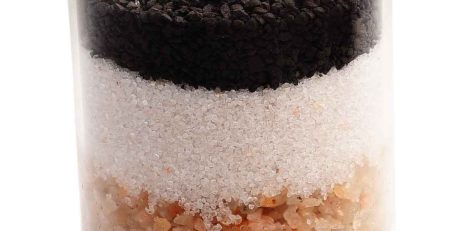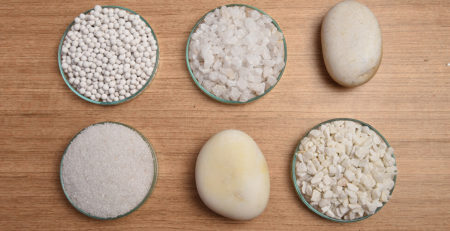5 ways to remove ARSENIC from water
Source – Arsenic (As) is not easily dissolved in water, therefore, if it is found in water supply, it usually comes from mining or metallurgical operations or from runoff from agricultural areas where materials containing arsenic were used as industrial poisons. Arsenic and phosphate easily substitute for one another chemically, therefore commercial grade phosphate can have some arsenic in it. Arsenic is highly toxic and has been classified by the US EPA as a carcinogen. The current MCL for arsenic is 0.05 mg/l, which was derived from toxicity considerations rather than carcinogenicity
Treatment
If in an inorganic form, arsenic can be removed or reduced by conventional water treatment processes.
There are five ways to remove inorganic contaminants; reverse osmosis, activated alumina, ion exchange, activated carbon, and distillation.
- Filtration through activated carbon will reduce the amount of arsenic in drinking water from 40 – 70%.
- Anion exchange can reduce it by 90 – 100%.
- Reverse Osmosis has a 90% removal rate, and Distillation will remove 98%.
- If the arsenic is present in organic form, it can be removed by oxidation of the organic material and subsequent coagulation.








Leave a Reply